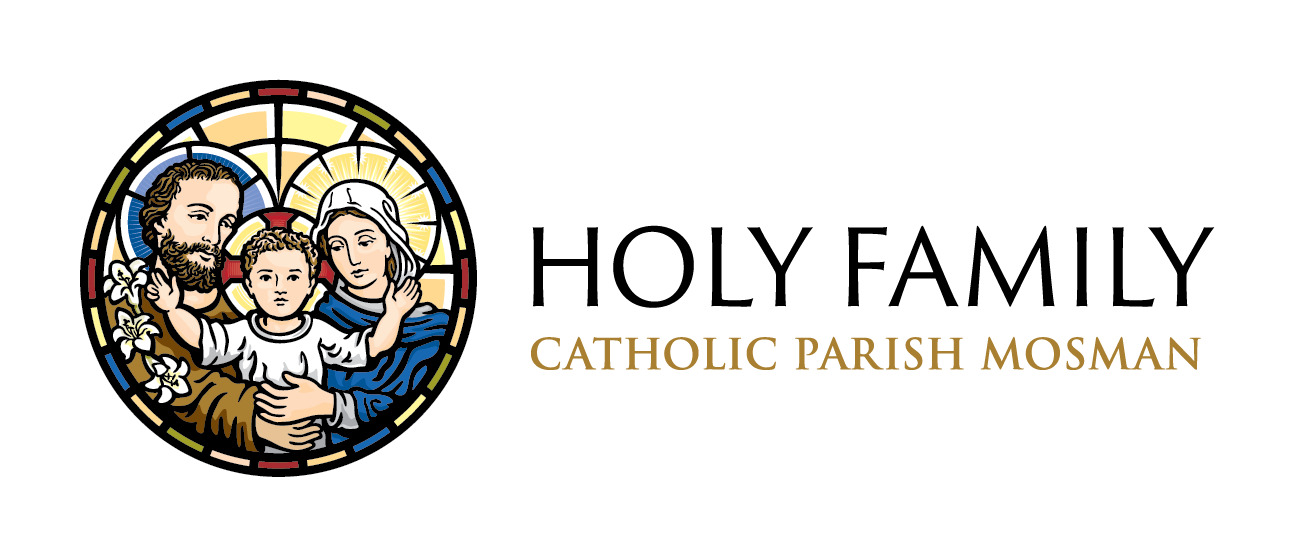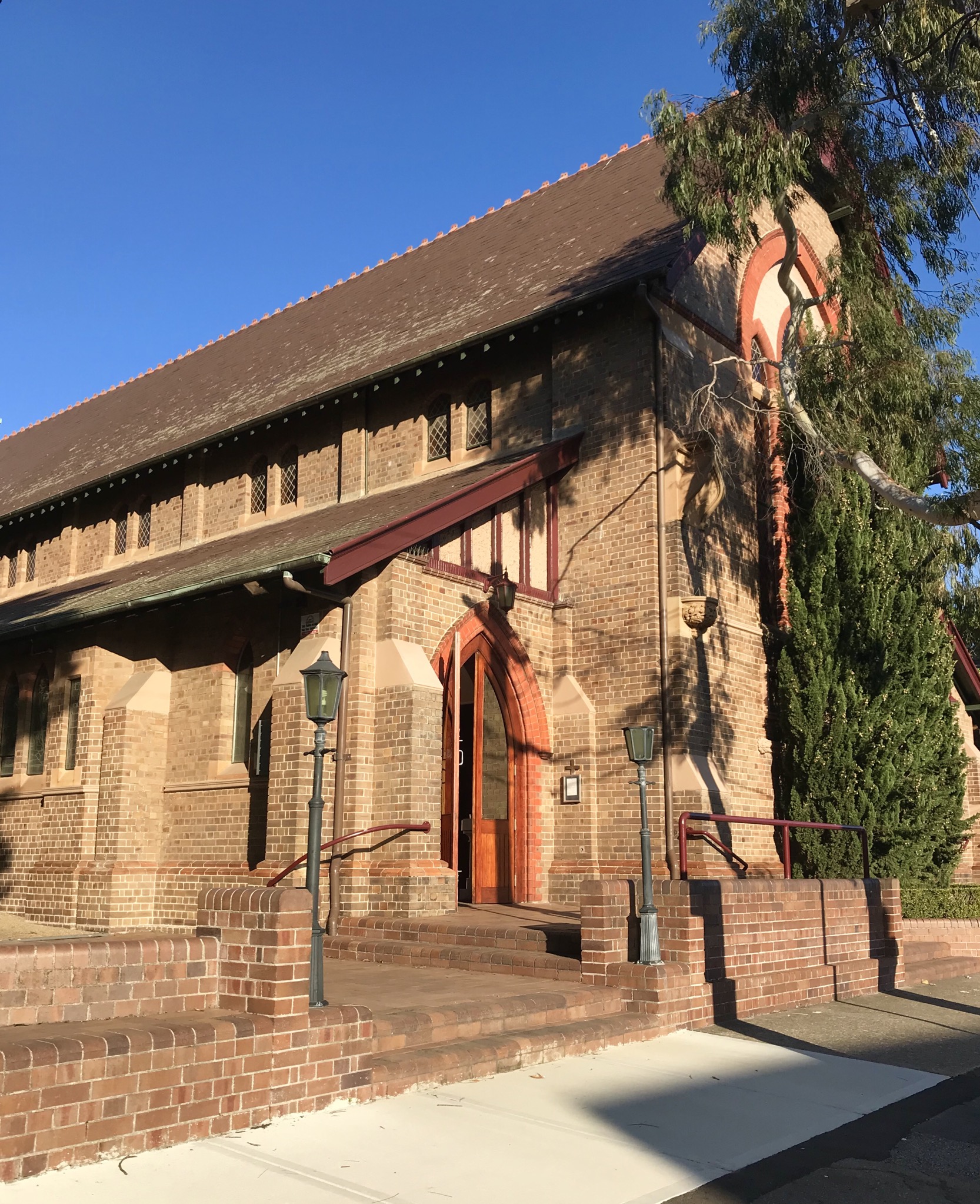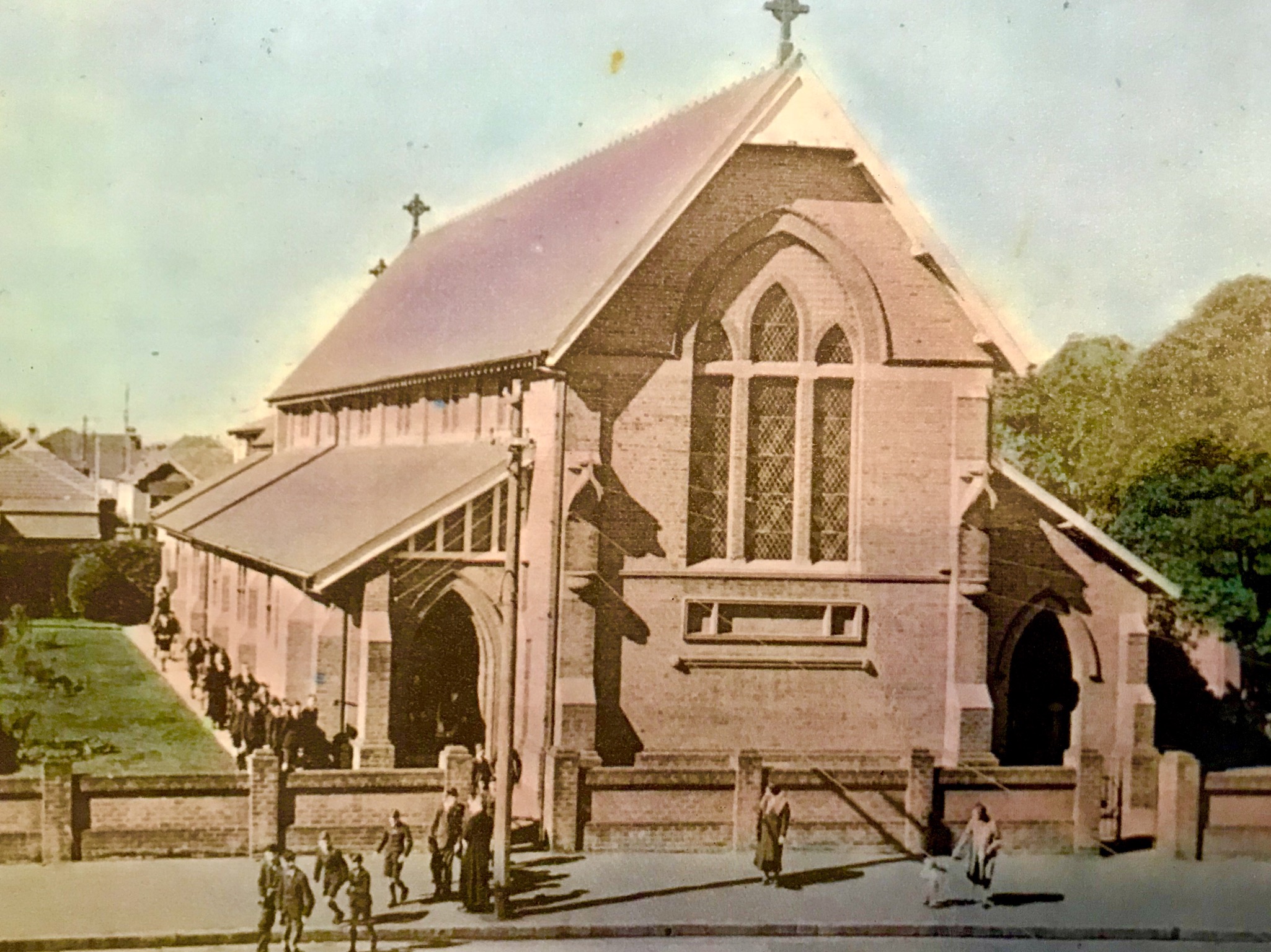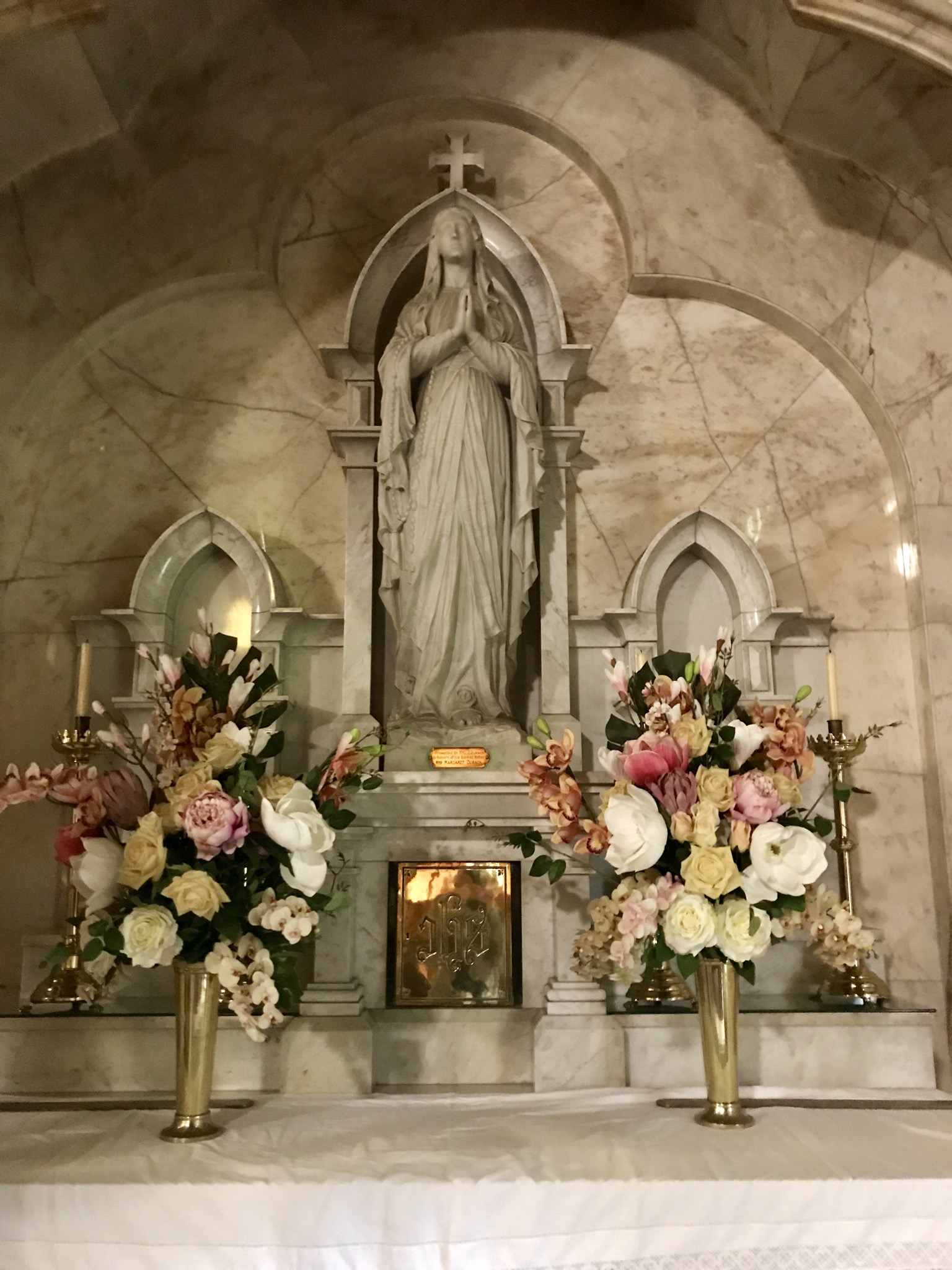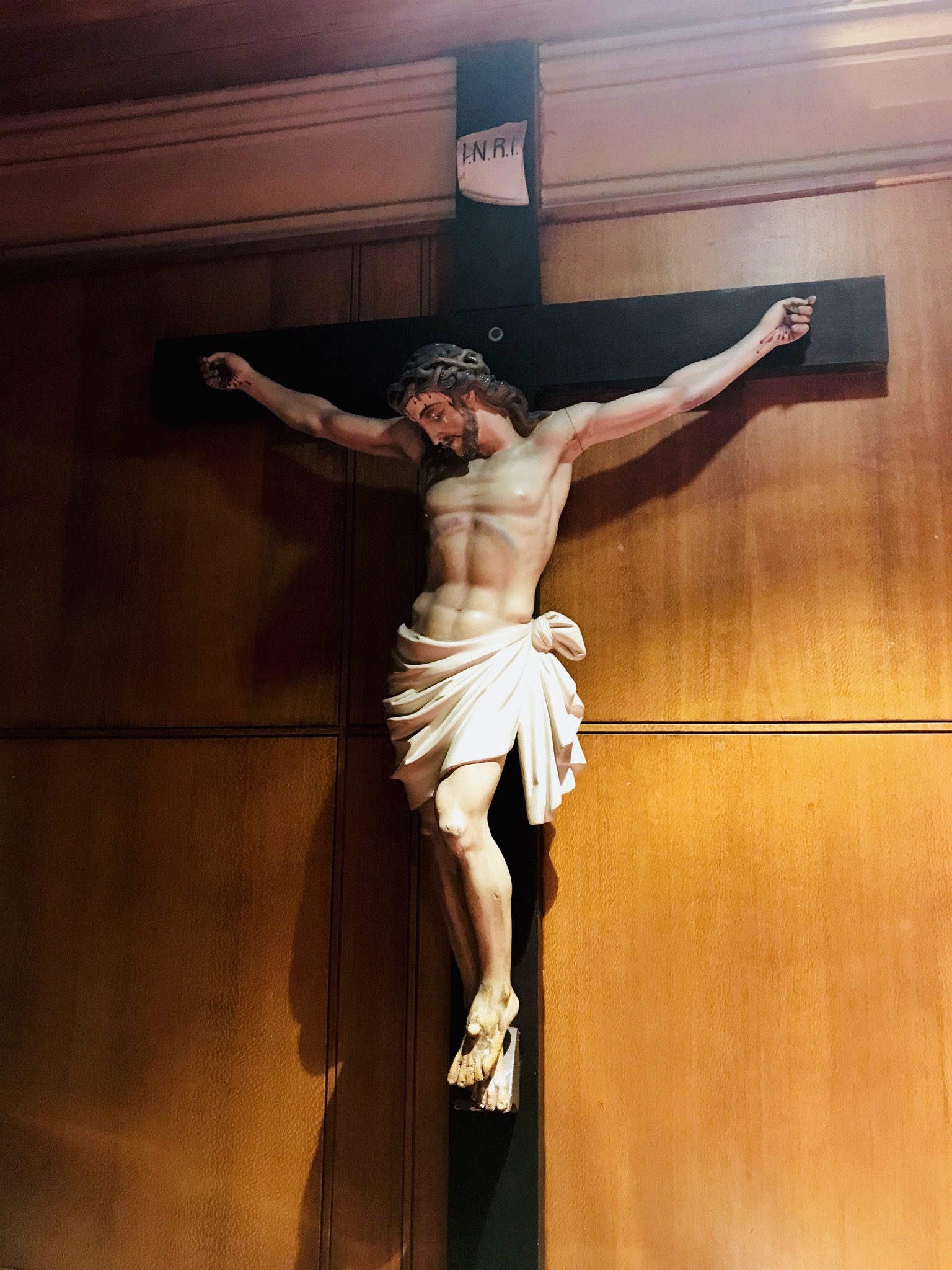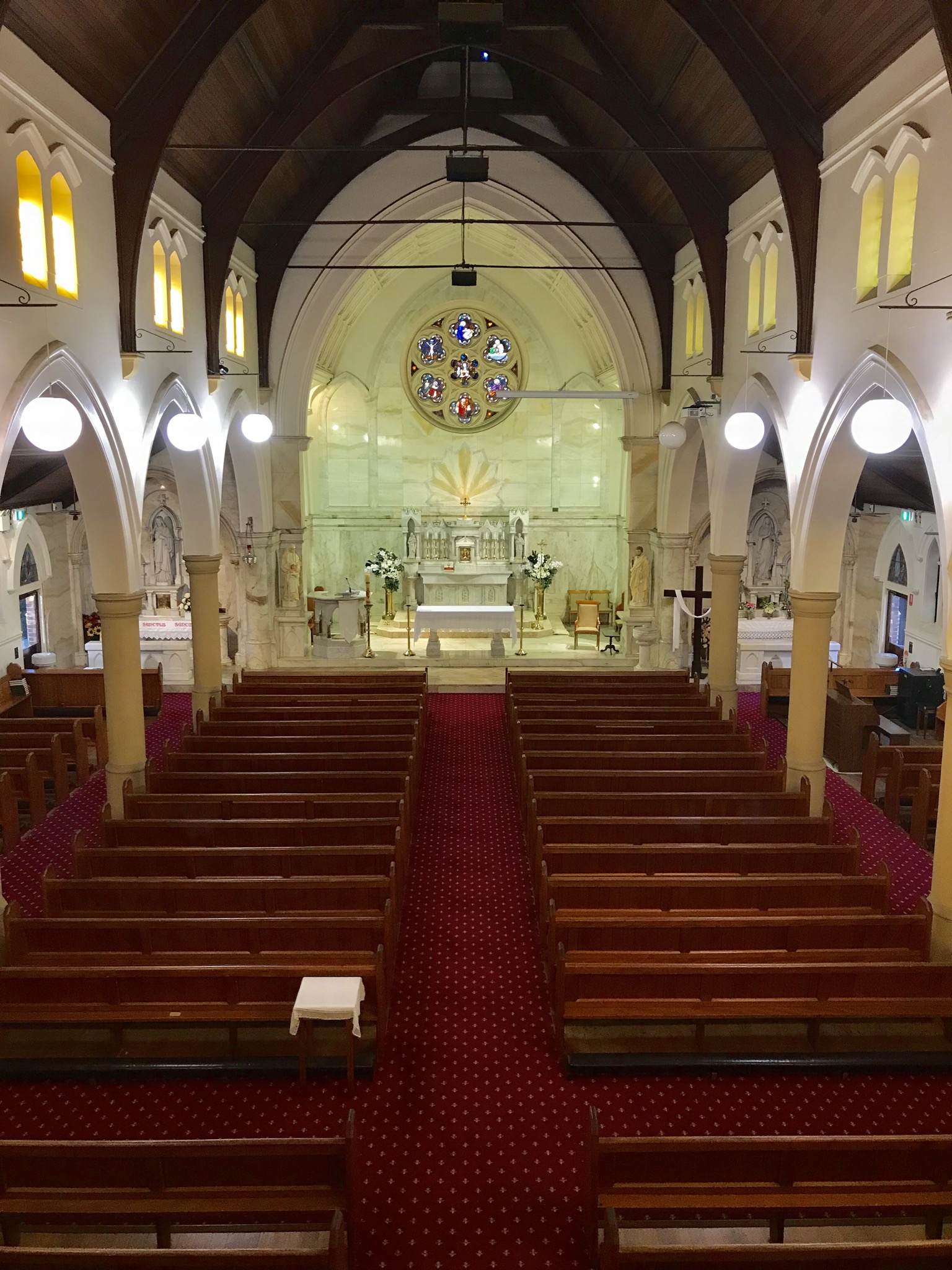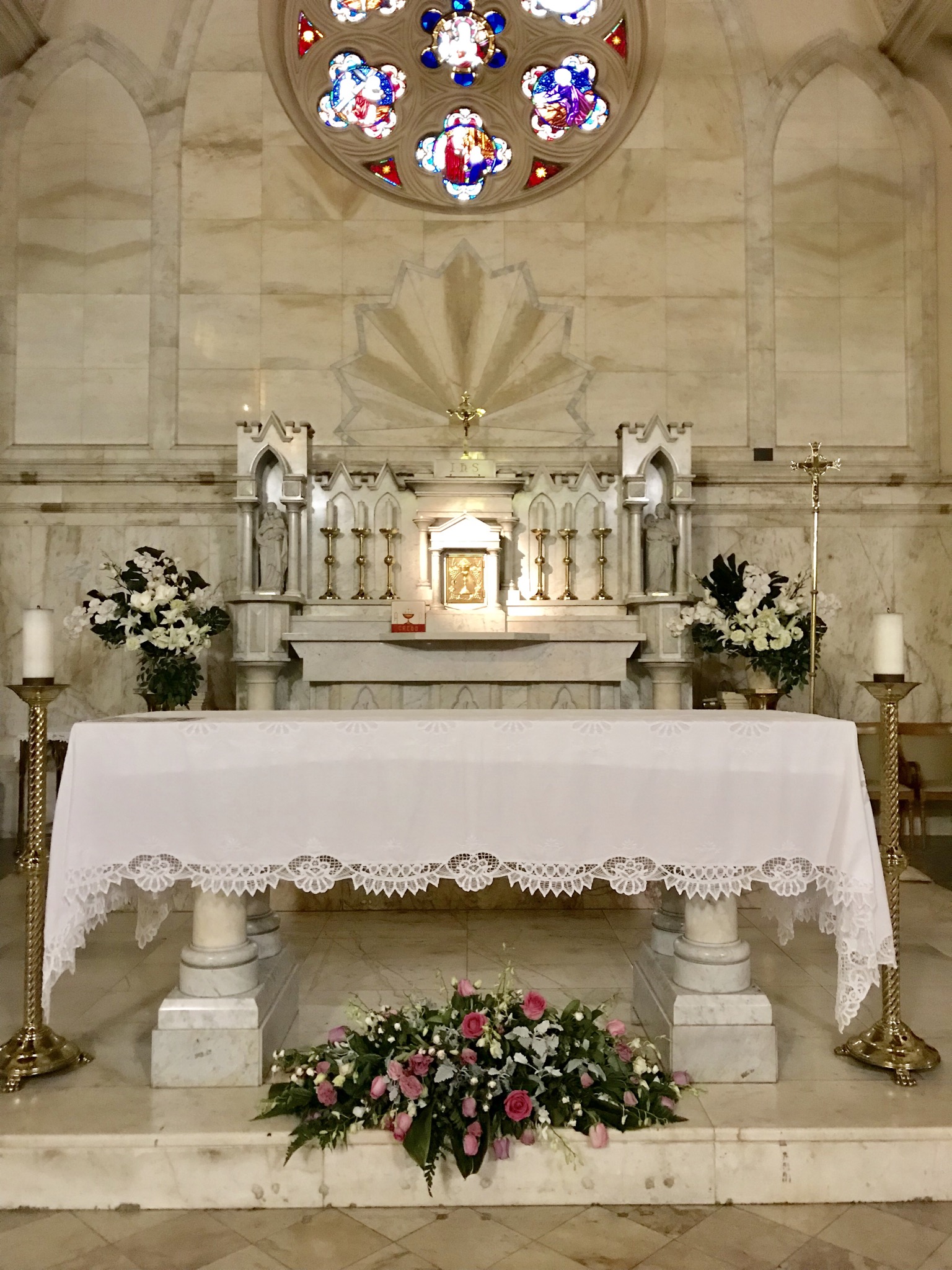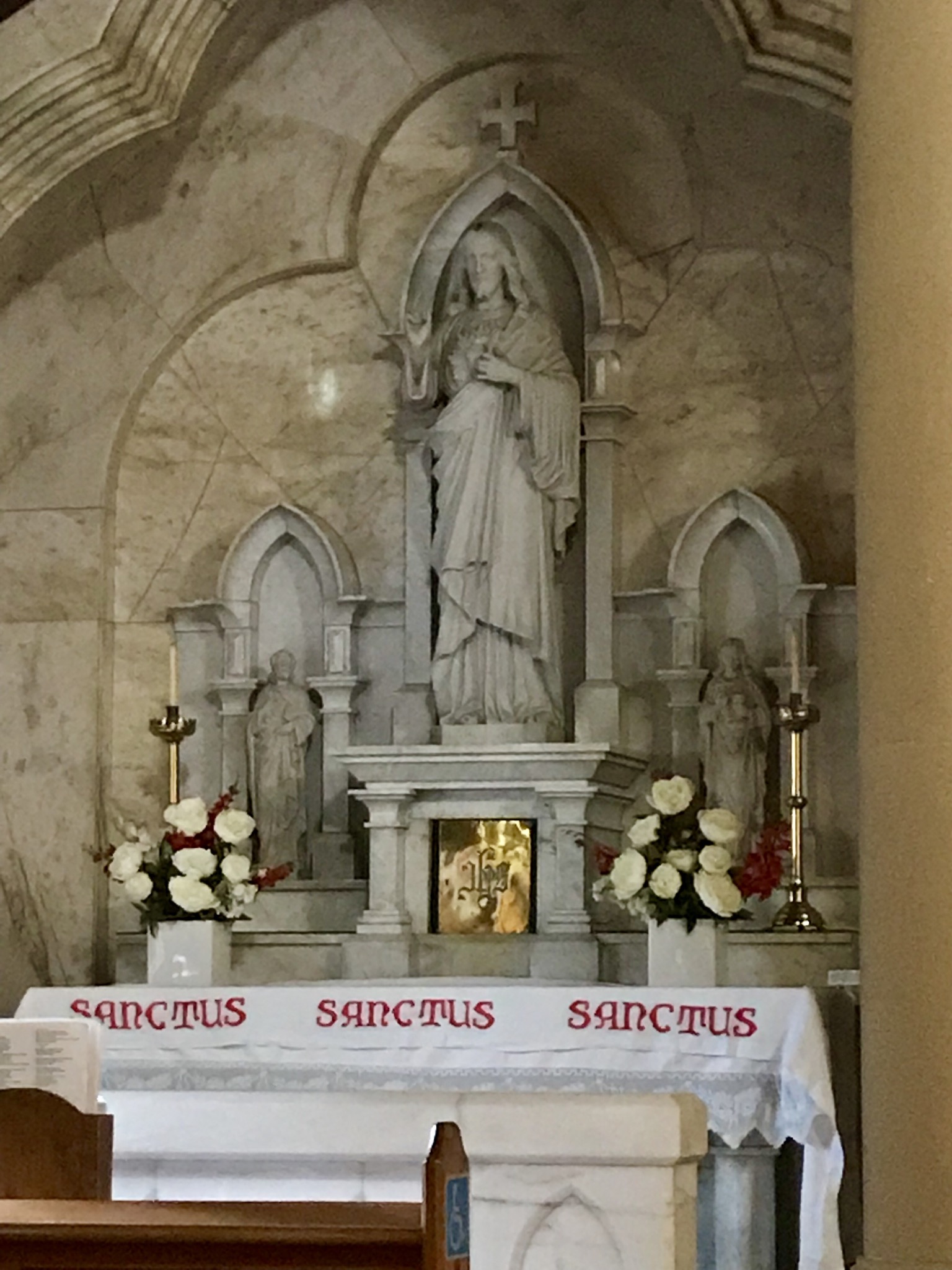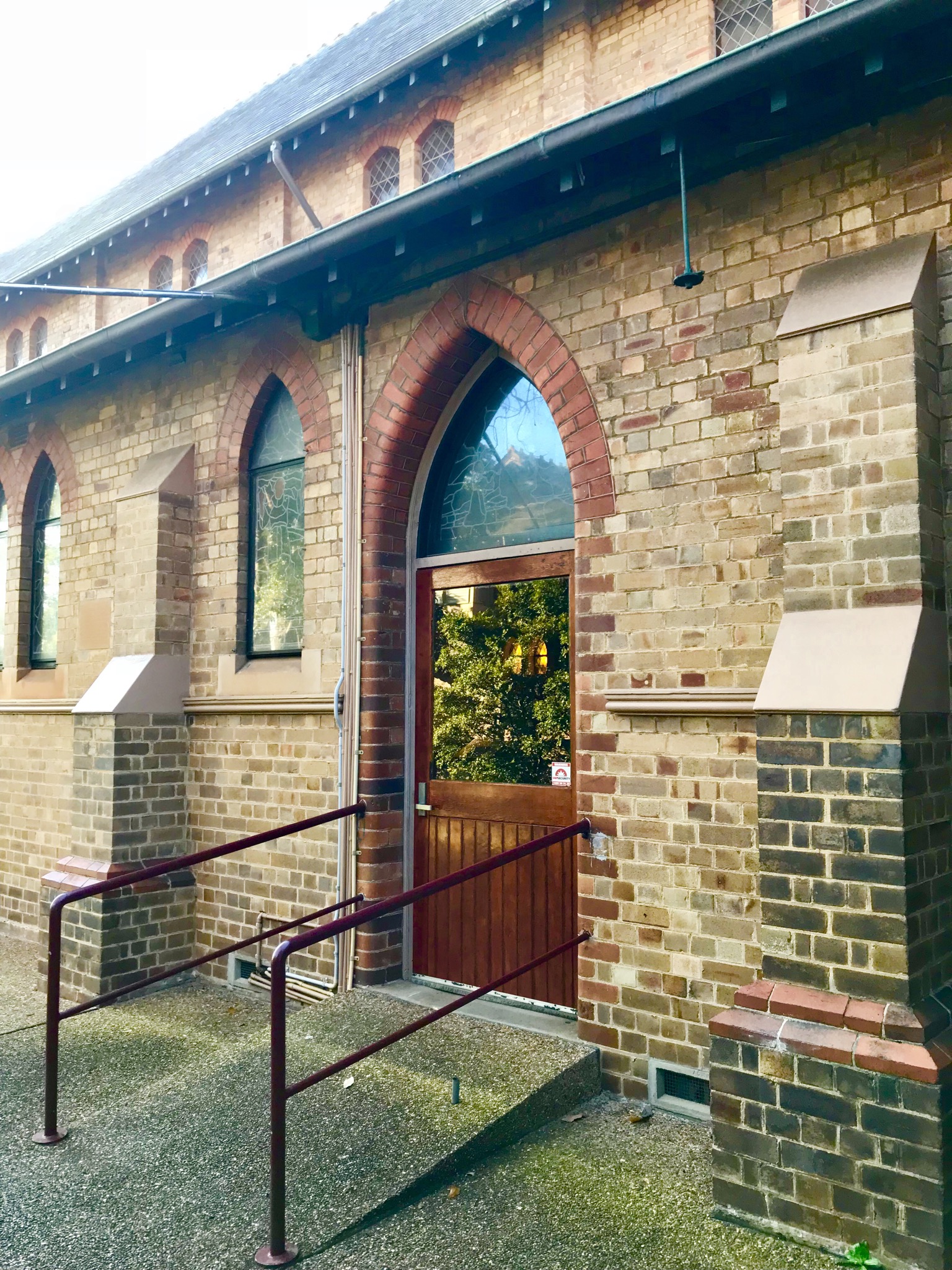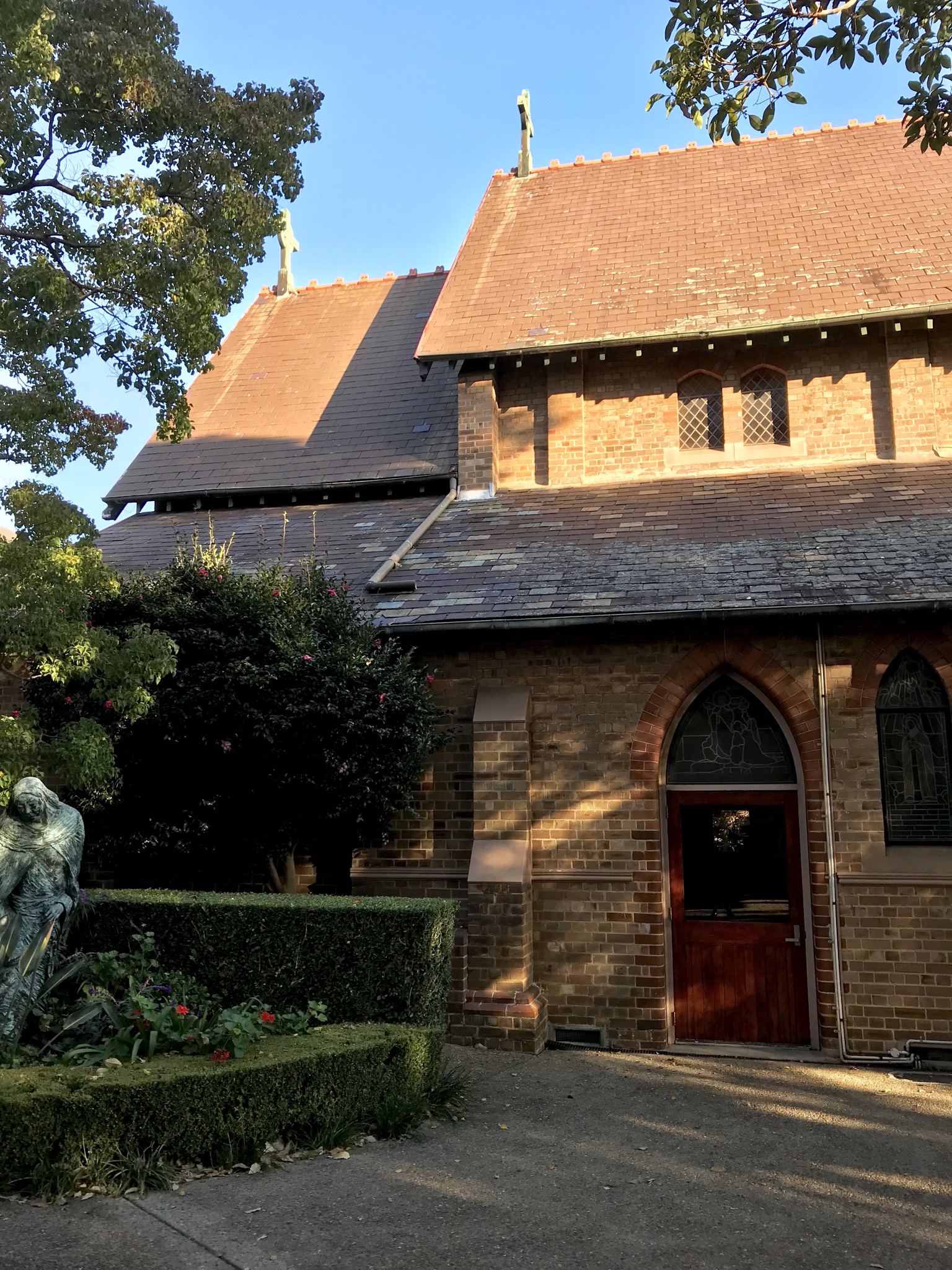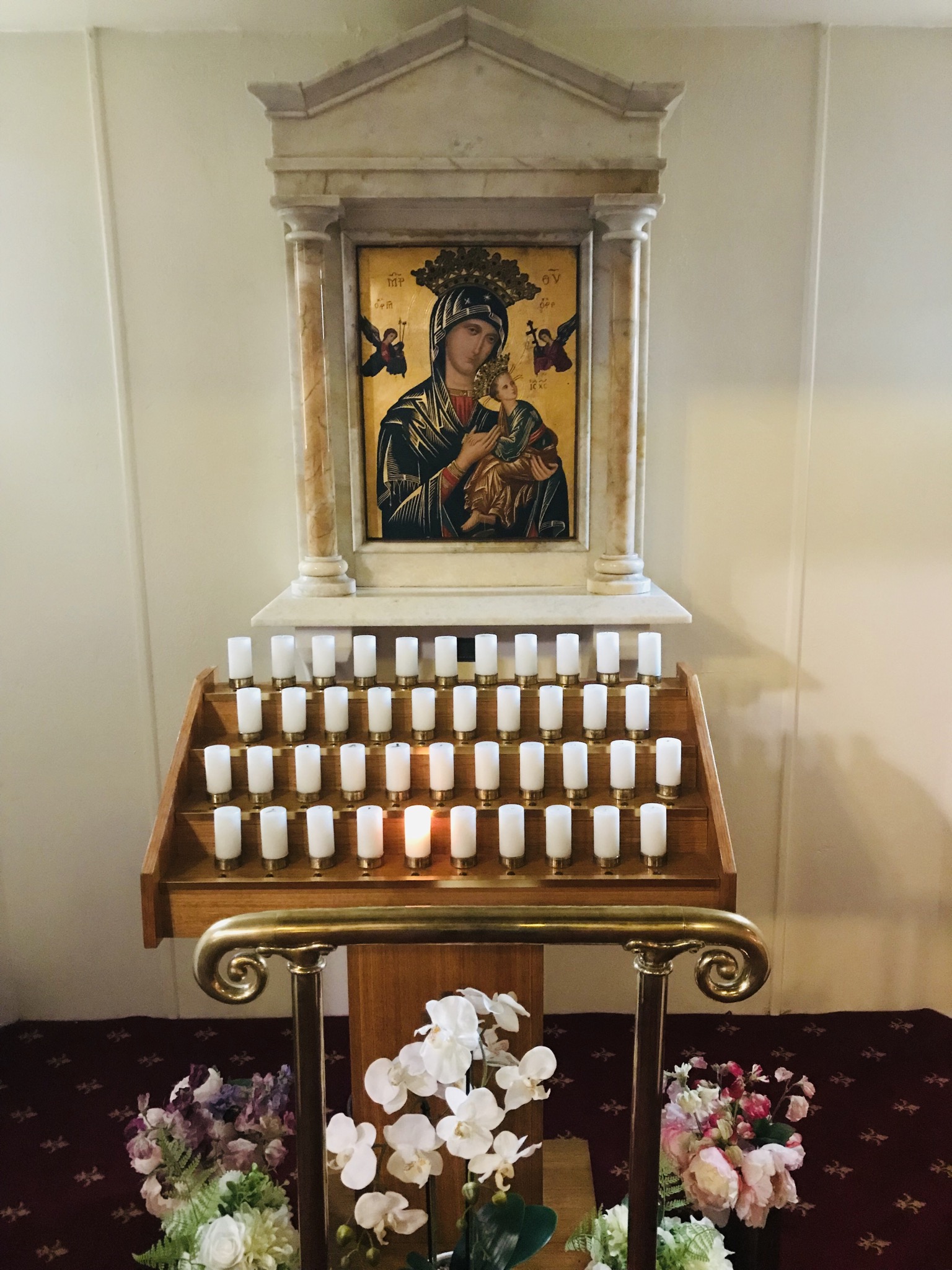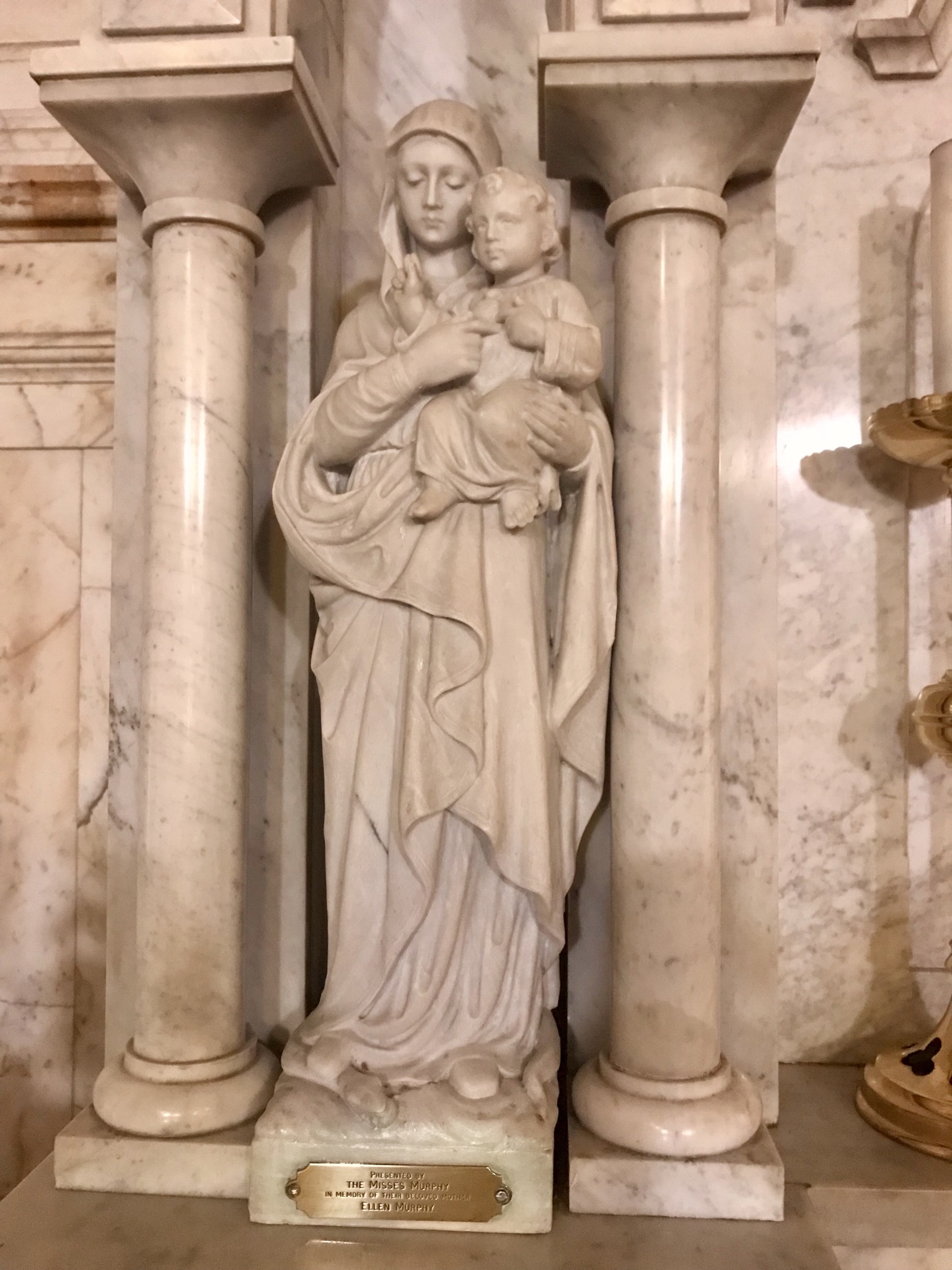History
Contribution by Pastor de Lasala
`To celebrate the opening of the new organ recently erected, a grand concert was given in St. Andrew’s Presbyterian Church last night. The audience was so large that every pew was filled, and members had to be accommodated with chairs in the aisle.’
Sacred Heart, Mosman – Forster & Andrews (1882)
Thus began the history of the Forster & Andrews organ that can be found now at Sacred Heart Catholic Church Mosman, a leafy northern harbourside suburb of Sydney. The opening of Goulburn’s first new organ on 5 July 1882 at 8 p.m. was the talk of the town.
Judging from the review of the opening concert that appeared on 6 July, the admission prices of 3 shillings for adults, 2 shillings for children and a staggering 5 shillings for a seat in the central aisle, were hardly a deterrent from attending this singular event.
Needless to say, the moneys collected that evening would have defrayed a substantial proportion of the organ’s cost. Furthermore, the outstanding quality of this instrument is likely to have influenced the authorities of St Saviour’s Anglican Cathedral to place an order for a large three manual organ from the same firm in 1883.
Of interest is the fact that St Saviour’s choir performed at the opening of the St Andrew’s organ. The arrival of the St Andrew’s organ also drew its fair share of criticism. Wyatt’s “History of Goulburn” records a delightful anecdote from Alexander
Silver, a very conservative member of the congregation who declared in his rustic patois: `Who ever heard tell o’ a man worshipin’ God wi’ musheenery?’
Sacred Heart Church, Mosman ‘A Mosman Story 1899 – 1999’ p. 41
Compared to Walker and Hill who exported 40 and 19 instruments respectively to New South Wales in the 19th century, Forster & Andrews sent only eight. Of these, five have survived, two having been destroyed by fire and one broken up. The old St Andrew’s organ
(opus 864) that left Hull on 1 March 1882, can now claim to be the oldest and most original remaining Forster & Andrews organ in Australia. It has been argued that Forster & Andrews were considerably more expensive than their competitors, charging from
£25 to an exorbitant £42 per stop. In 1882, the St Andrew’s organ cost £175, a large price for an instrument of modest dimensions.
Mosman – the organ as seen for the nave
The organ moves to Mosman
In 1925 it was decided to demolish the 1838 Goulburn Presbyterian Church and to construct a larger building at another location. It was also decided to purchase a larger organ from George Fincham & Son an indigenous organ building firm in Melbourne.
The Forster & Andrews organ having been made redundant, it was consequently purchased by the parishioners of Sacred Heart Mosman to celebrate the 25th anniversary of Monsignor Edward O’Brien, the first Parish Priest.
The Mosman parish was founded in 1899 and the foundation stone of the present brown brick church was solemnly blessed on 24 March 1901 by His Eminence Patrick Francis Cardinal Moran, Archbishop of Sydney.
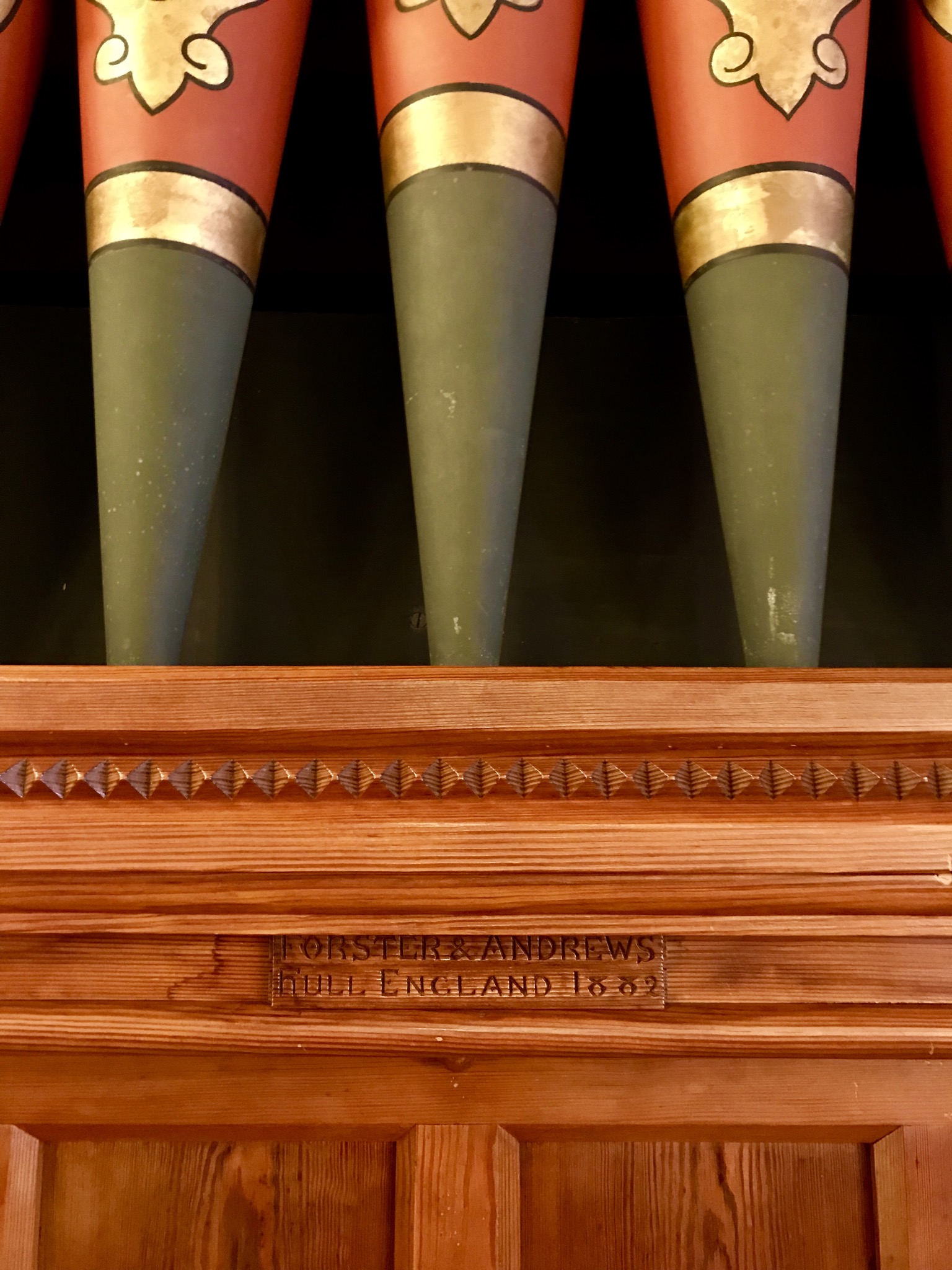
The contrast of the modest brick exterior of Sacred Heart Church belies the splendour that lies within. For a parish church, it is quite large, seating 500 within its wide nave and side aisles. The focal point is an incredibly beautiful arched sanctuary dating from the 1922 extensions that were to complete the church.
The exquisite marble embellishment was added in 1945 at the expense of the parish priest, Monsignor Joseph Cusack. Traces of the earlier stencilling of IHS monograms in gold with red crosses are still visible on a patch of wall directly behind the marble high altar.
During this same period Mgr Cusack changed the plain frosted glass of the clerestory into amber, a feature that exudes warmth to the church’s interior. Of note is the spectacular seven light rose window above the high altar.
The west-end choir gallery, constructed as a memorial to the men of the parish who fell in the First World War, received the Forster & Andrews organ in 1925. Re-erected by John B. Holroyd, it stood in the centre of the gallery until August, 1983.
A century’s wear takes its toll
After one hundred and one years of use the organ was well and truly showing signs of being tired and worn. The action had become quite noisy, the stoppers of the wooden pipes had all but seized, the larger reed pipes had collapsed and, in some instances were lying broken inside the swell box.
Funds, as always, were scarce, and the organ was not a priority. The idea occurred to show the parish council some of the more pathetic features of the organ’s parlous state: a broken reed pipe resonator swiftly extracted from inside the case brought about an instant conversion on the council’s part. The paint on the façade pipes was peeling off in places. Before long, Roger H Pogson, the organ builder who was responsible for what must rank as Australia’s greatest feat of restoration in his work on the monumental Hill organ at Sydney Town Hall, was engaged to carry out the Mosman restoration.
It was subsequently revealed that Bishop Thomas Muldoon, then parish priest at Sacred Heart and about to retire through ill-health had been previously given a substantial sum as a bequest. In his letter of apology for being unable to attend the inauguration in February 1984, the Bishop stated, inter alia, that he handed over as a parting gift the money entrusted to him as a bequest and that it would be well spent in restoring the organ he valued so highly: indeed welcome words. Of great significance is that John Stiller, then Research Officer for the Organ Historical Trust of Australia, had made a standard documentation of the organ in August 1981.
It was declared that the Mosman organ was the smallest and most original of all the extant Forster & Andrews organs imported to Australia. If anything, this was a great plus as far as the organ’s well-being was concerned.
His Lordship would often remind his organist that Mosman `had the best Forster & Andrews organ’ and to make sure that nothing ever happened to that carved nameplate! Never were a Bishop’s words so eagerly heeded.
A renewed life
Pogson’s restoration of 1983-84 saw to the total revitalisation of this fine organ. The action was repaired and worn parts replaced with faithful replicas. The cone tuning was retained for all metal pipes except for the top seven pipes of the Fifteenth where tuning
slides were added to ensure minimal damage to the already delicate lead pipe work. For the first time in years the Oboe was heard again. A new double-rise bellows was constructed to replace the present one that had been cut down to single rise and whose frame
had started to show signs of rotting. The feeders and hand blowing mechanism that had long disappeared were not reconstructed. However, the many carved initials on the left hand side, where the blowing lever was located, were retained.
The redecoration of the façade pipes were subcontracted to Ken Taylor and Wayne Stewart from Orange, NSW.
At the time of restoration it was decided to relocate the organ to the right of the gallery and turn it side on.
Although not as aesthetically pleasing as the former position, this had a practical purpose, namely to protect the organ and its case from the harsh effects of heat and light coming from the great western windows.
Fortunately, this move did not prove detrimental to the projection of sound, but rather contributed to the stability of tuning which, apart from seasonal touching up of the Oboe, is kept to a minimum of one visit per year.
Totally the organ is surprisingly bright and full-bodied for an instrument of its unpretentious size. Two of its chief assets are: 1. it speaks clearly into a good acoustic that is enhanced by the gabled timber roof and the large marble sanctuary;
2. it is totally free-standing. Visually, the organ is very attractive. As was the custom with Forster & Andrews, there is no casework above impost level. The front comprises a flat of twenty-seven decorated display pipes arranged in three groups of nine pipes:
the bottom octave of the Open Diapason and the rest dummies. The base colour of the façade is light green with dark green feet. These greens are contrasted with red and gold around the mouths bearing fleur-de-lys patterns that create an optical illusion of faces.
At the top of each pipe is an inverted coronet in gold, red, black and cream. On either side are a further five dummies similarly decorated, and five wooden bourdon pipes, the latter decorated with simple designs in black and maroon.
Beneath the impo directly above the attached console is the customary carved name plate inscribed with “Forster & Andrews, Hull England 1882”.
The console is very handsome with its turned rosewood stop knobs and ivory domes engraved in gothic script, capitals in red and lower case in black. The stop jambs themselves are in solid walnut.
For the most part, the original ivory naturals with the ebony covered fronts are intact, the most worn ones having been replaced with recycled ivory. The ebony sharps have characteristically rounded fronts. The unchanged specification is:
MANUAL
1.Open Diapason 8′ Compass: 56 / 30
2.Stopped Diapason 8′ Mechanical Action
3.Viola d’Amour 8′ Straight, flat pedal board
4.Principal 4′ Lever Swell Pedal
5.Fifteenth 2′ Two composition pedals
6.Oboe 8′ Wind Pressure : 3 1/8″
All pipes enclosed except
no. 8 and bass of no. 1
PEDAL Total Speaking Pipes: 354
7.Keys to Pedals Bass of no. 3 shared with no. 2
8.Ped. Bourdon 16′ by means of a double slider
On paper, the above specification might appear limiting. However, each stop plays its distinctive role. The gentle Open Diapason sings beautifully on its own or combines readily with the Stopped
Diapason – perhaps the organ’s most charming register – to create a richer foundation tone. The slender Viola d’Amour can add a gossamer shimmer to the Stopped Diapason.
The clear Principal is supported equally well with either Stopped or Open Diapason, whilst the Fifteenth adds a remarkable brilliance to the ensemble.
The Oboe provides a fullness to the chorus or warmth to the foundations stops, as required. The mounted Bourdon, of generous scale, supplies a solid bass.
Mosman – detail of left stop jamb
The incumbent of the organ since 1978 has often been asked the question: “What can be played on a single-manual organ?” The answer
invariably given is: “A surprisingly large amount, and it depends how it is handled.” That is the challenge for a musician. Many a visitor has been surprised to discover such a compact specification
after having heard the organ from the nave. Indeed, in devising a suitable programme, it was a matter of deciding what to omit rather than search for what could be played. Although some additional
stops, even a second manual would be desirable, this beautiful instrument excels in its tonal integrity. Moreover, playing the organ is all about making music, whether it be on one stop or many.
The programme that follows spans three centuries, five nationalities and with compositions by men and women alike: let these factors prove how versatile this remarkable instrument is.
In February 1997 a routine cleaning and regulation was carried out by Pitchford & Garside who now maintain the organ following the retirement of Roger Pogson. Again, by good fortune, a bequest
made this work possible. In view of the timing of this CD to coincide with the Parish’s Centenary, a percentage of the sales has been pledged towards the establishment of an organ fund to ensure its good functioning for another century.
Text, Photos and input courtesy Pastor de Lasala
See more information on the parish organ and other organs at….
